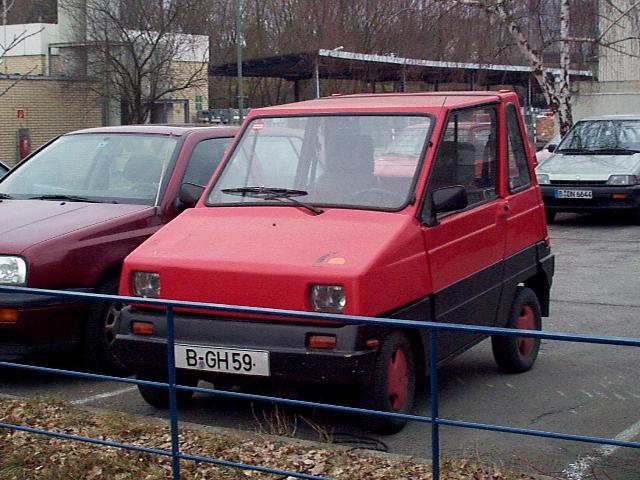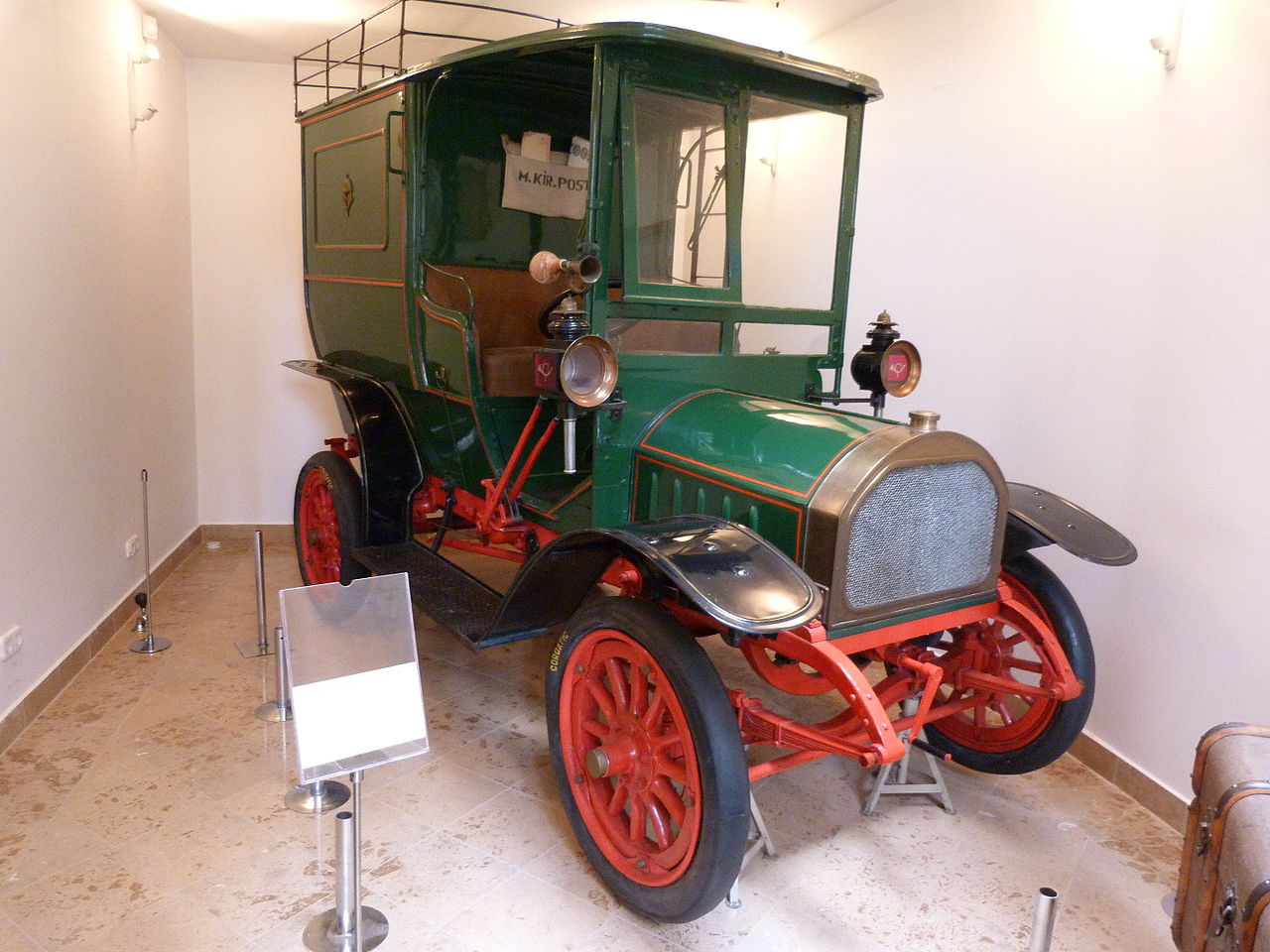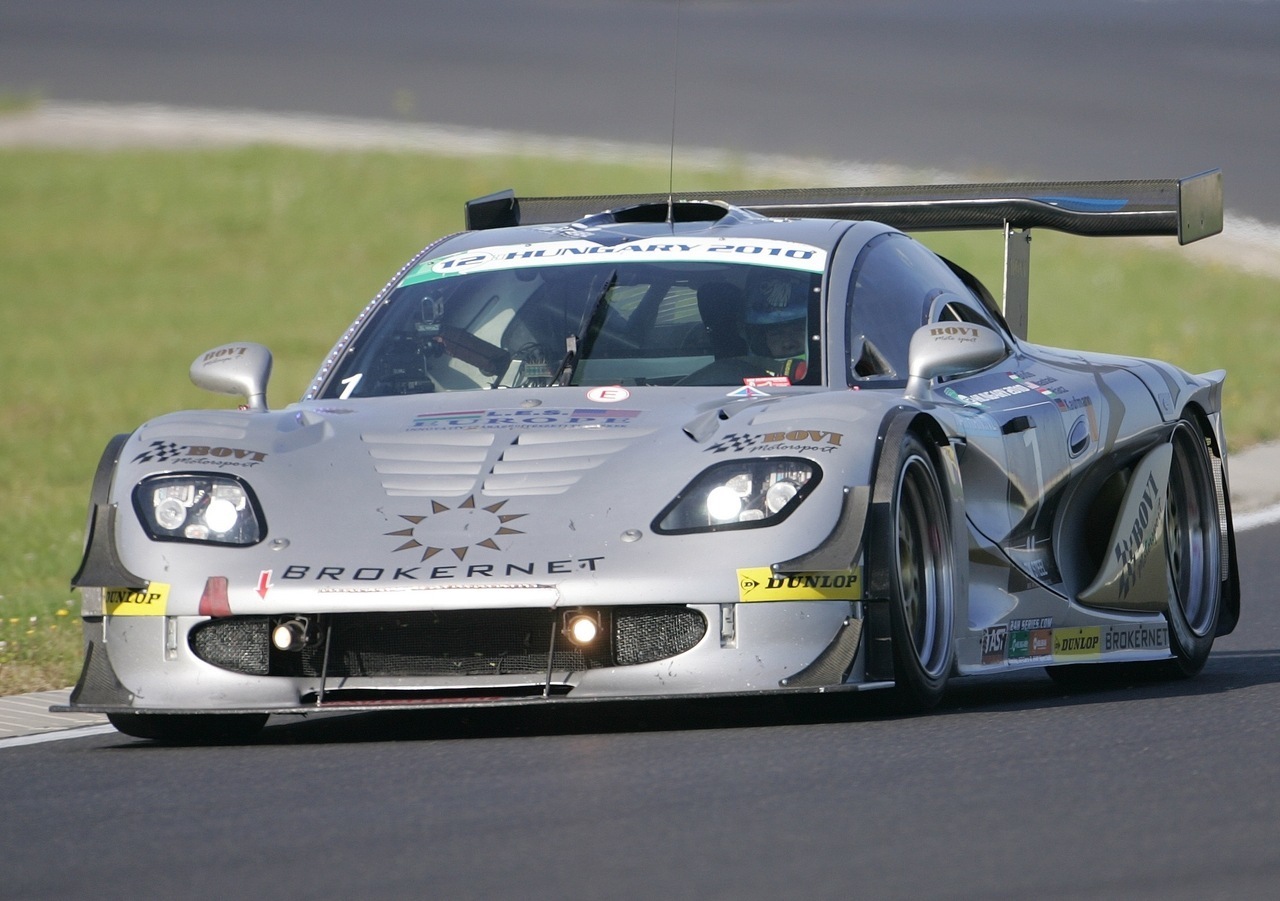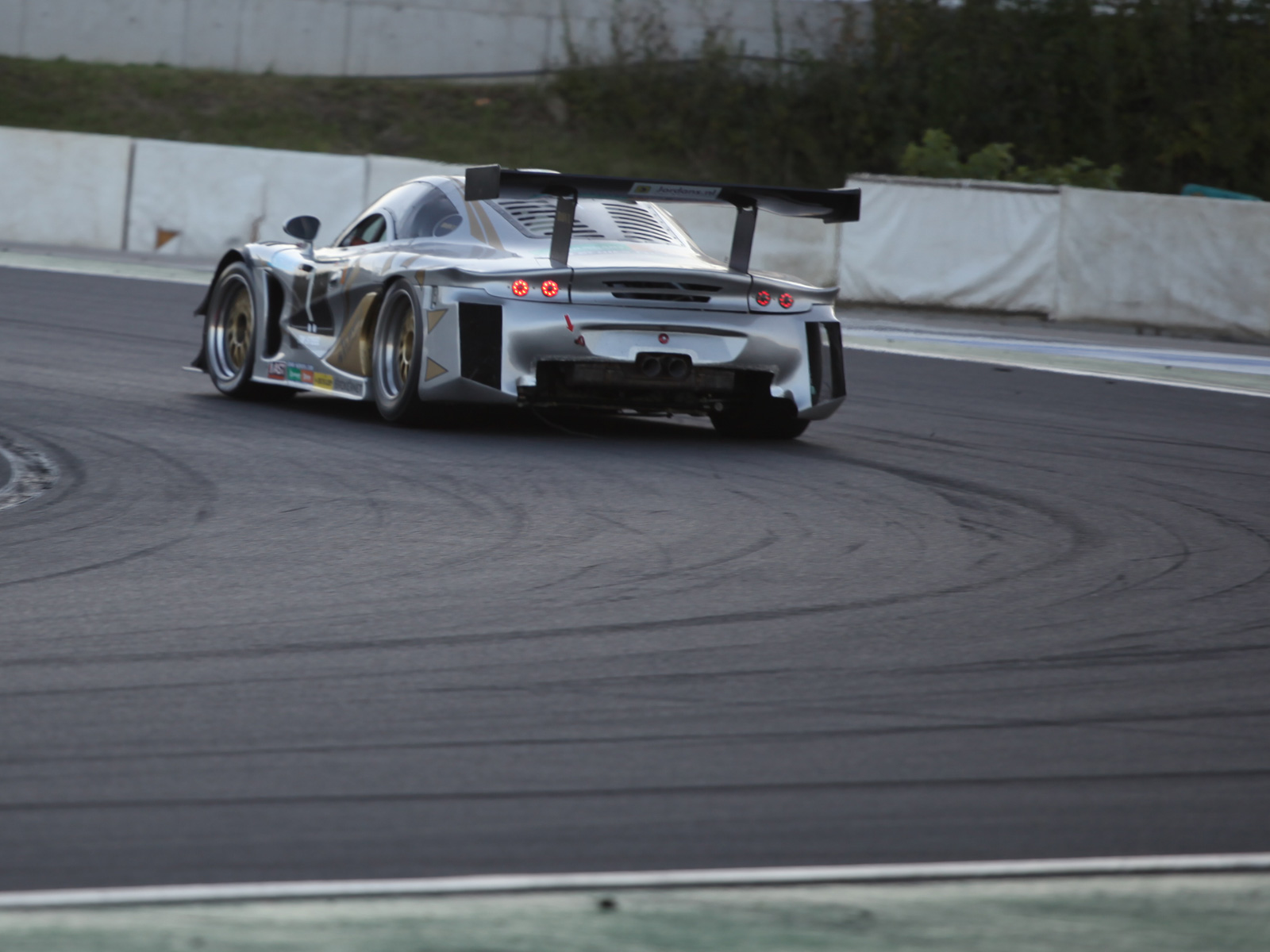Creations of Hungary – 5 cars built by Hungarians

This series will try to introduce our readers to Hungarian inventions or products that might be less known. You might have heard about József Galamb for example, a Hungarian engineer who helped develop the world-famous Ford Model T. In this article we would like to introduce some other cars that were designed, built or assembled by Hungarian people.
Puli

The name of the Hódmezővásárhely Agricultural Machinery Manufacturing Company is associated with the production of the electric-powered small car named ‘Puli’. The small vehicle, mainly designed for urban use, was marketed in multiple body variants; there was a two-seater, an open leisure car and a van. According to Vezess, at first, it was powered by a small diesel engine with a performance of about five horsepower. Later they developed a 7.4 kW electric motor version, which was originally powered by ten 6V 240 amp-hour Perion batteries. The vehicle’s main components came from cars available on the market at the time; Škoda, Polski, Lada, Zuk. The chassis was made of fibreglass plastic, for which they awarded the makers. By today, they have almost completely disappeared from the roads, although there have never been many, to begin with.
Some of them are heavily remodelled and still hold themselves in cemeteries as quiet, though not so elegant hearses. The Puli cost twice as much as a Lada due to custom manufacturing, so it was never really a market hit.
János Csonka car

According to Vezess, the Hungarian car production was at its peak in the time of János Csonka. The very first, “truly” Hungarian car was named after its creator, János Csonka. The vehicle was completed at the end of May 1905 and immediately set off from the campus of the University of Technology and Economics for a 2,000 km test drive. It performed very well. Its engine was a four-cylinder, four-stroke water-cooled design with a transmission attached to it. It managed to achieve an average speed of 26 km/h on the rough roads of Transylvania, Upper Hungary and the Great Plain.
The car also had a large cargo space, so it was widely used by the Hungarian Post for decades.

Borbála

According to Origo, lacking a door, the driver had to climb into the car. Even though the gauges of the car were from a Lada and it had Ikarus seats, the Borbála sports car was the star of the 1989 Hungexpo. It originally started as a hobby car; Lajos Tóth, an engineer of the Institute of Transport Sciences and an outstanding figure of the Hungarian kart racing, built it in his free time. The Platinum Small Cooperative liked the car and wanted to make it in small series production.
For many decades, this was the first Hungarian sports car. It has an English-style chassis, but the engine, transmission and suspension were from the Lada 2106.
The roadster was named Borbála, after the daughter of the designer. Many people were interested in the car, but the type approval would have required various examinations and tests, for which Albert László’s cooperative could not raise enough capital after the change of regime.

Alma

It is not common to organise a press conference for a Hungarian-designed car, but this happened at ‘Alma’ in 1995. According to Origo, public opinion was somewhat mixed, but the majority of people thought that the car was not worth its price. Alma was a convertible based on a second-hand Trabant 601 that had been refurbished. The drum brake was poor, and the suspension was jumping, but the refurbished Fiat 127 engine built next to the tank was quite good. Actually, the only part made in Hungary was the fibreglass body, but at least the company from Biharkeresztes tried to cook something interesting up.
As the roughly 20 sold cars indicate the idea was overdue, but today many veterans car enthusiasts are hunting for the remaining Alma.
Silver Sting

According to Hvg, the Brokernet Silver Sting is the first domestic racing car to be designed and built entirely in Hungary with the help of Hungarian experts. The development of the car took nine years in total, and only two were made.
The total cost of the development reached 250 million Forints (~€714,000).
The car was designed by Bovi Motorsport and the departments of Automotive and Fluid Mechanics of the University of Technology and Economics, but the production process was carried out entirely by Bovi Motorsport. The design of the car was made by designer and craftsman Zoltán Peredy. The race car was made using Kevlar, titanium, carbon fibre, and composite materials used in aircraft manufacturing.

The Brokernet Silver Sting is powered by a 437-horsepower, 3.6-liter, six-cylinder engine that was developed from the Porsche 911 GT3 engine. The car is just over 1.1 tonnes thanks to its lightweight construction. As a result of its remarkable 2.5 kg/hp weight-horsepower ratio and sophisticated aerodynamics, the vehicle has a high downforce, which, combined with the extended wheelbase and broader track gauge, gives the car excellent stability.
The acceleration of the car is also remarkable, reaching a speed of 100 km/h in just 3.8 seconds.
Featured image: Csonka János with his own designed car Source: Wikimedia Commons
Source: Origo.hu, Hvg.hu, Vezess.hu



